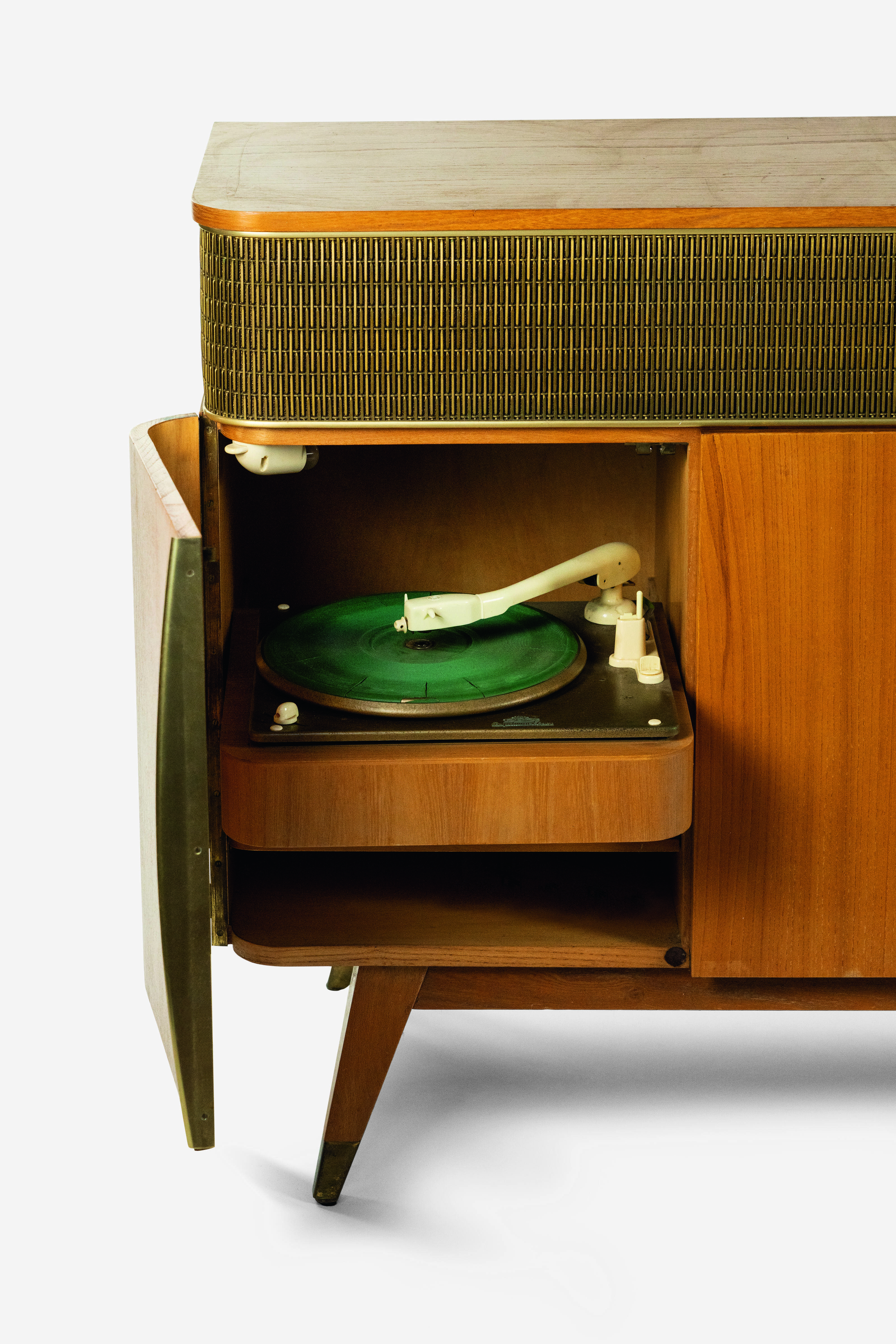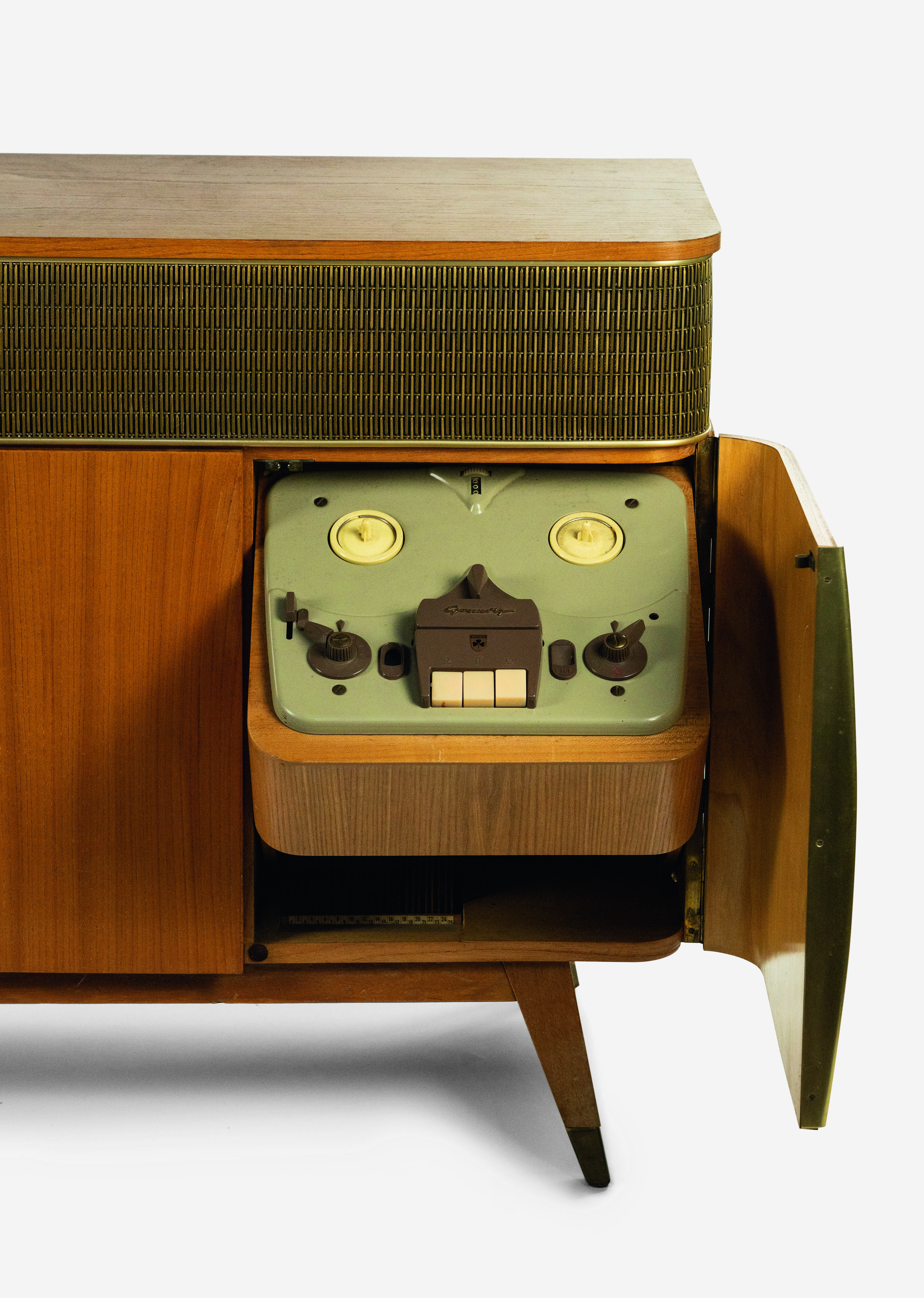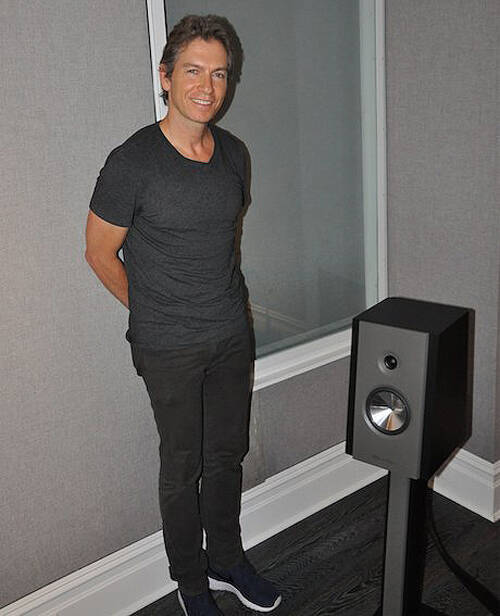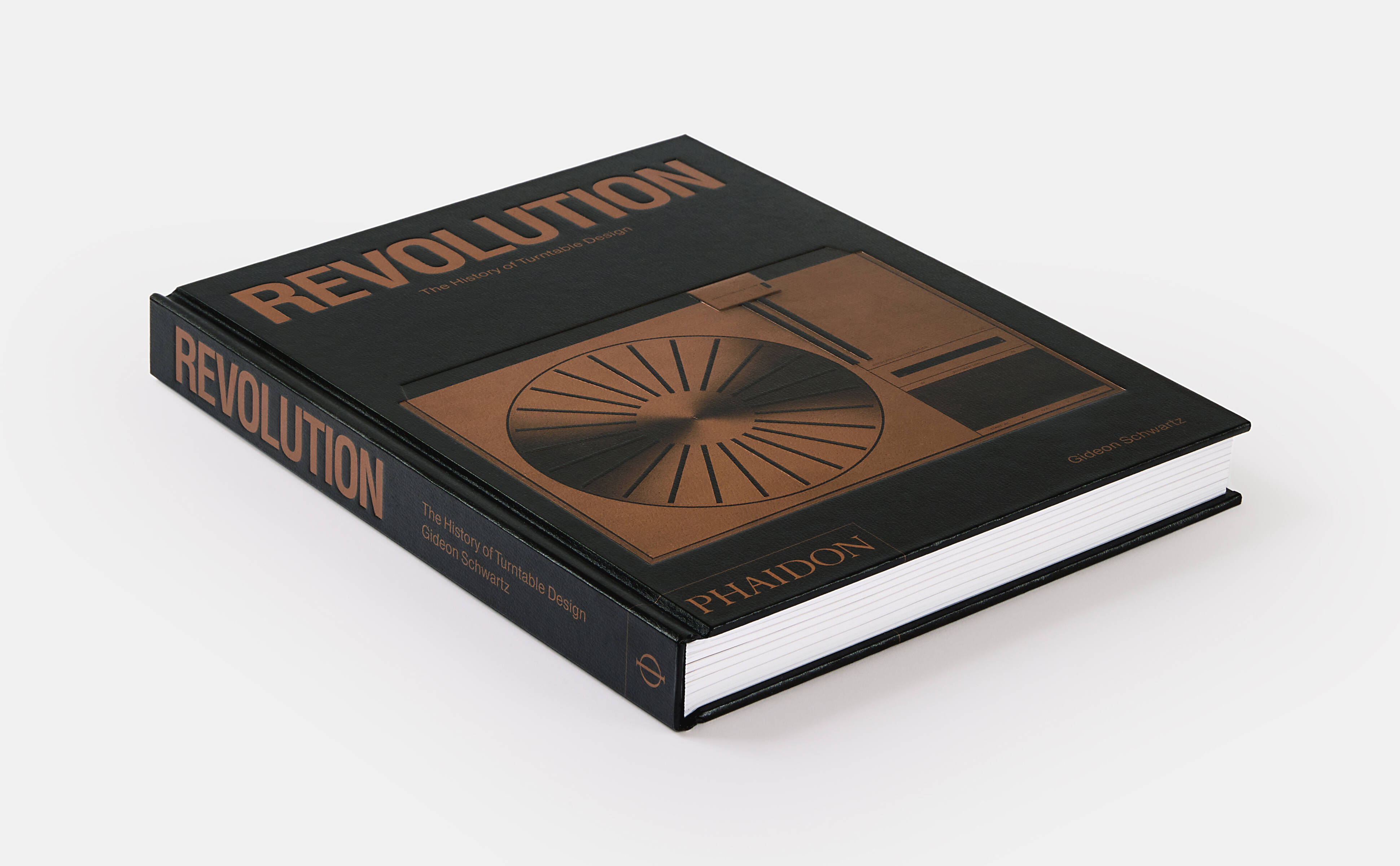
The struggle between clunky cabinets and minimalist design in turntable revolution
Our new on the history of record player design chronicles the way some makers liberated the turntable from its timber console
The story of turntable development and design, as told in Gideon Schwartz’s new book, Revolution, is one of engineering and scientific advances, as amateur and professional inventors push the limits of high-fidelity playback on vinyl. However, the book, which takes readers from a time before Edison’s wax cylinder, right up to today’s analogue renaissance, also tells the tale of how changing consumer tastes, market crashes, and rival media, such as the CD player, changed the machines on which we play records.
In the book's early chapters, Schwartz examines how the rise of radio in the pre-war era led to the introduction of ornate, Art Deco consoles, containing both a turntable and a wireless set. Fashions began to change after World War II, and many manufacturers such as EMT, Lenco, and Garrard, began to offer simpler and less cluttered machines.

Majestic 9070 Stereo Console, Grundig, 1956
“Driving this change was a collective effort by industrial designers who were eager to employ mature mass-production processes to make devices with clean lines and guileless forms,” writes Schwartz. “Consistent with this lack of pretence, 1950s turntable design favoured metal frames, yielding to a professional radio industry sentiment.” Here we can see the first of those Modernist, minimalist record decks many audiophiles prize today.

Gideon Schwartz
That said, the clunky, chunky, hardwood hi-fi cabinet did not simply disappear in the postwar decades. Indeed, a few manufacturers began to complement turntables with an even wider array of gadgetry, all housed within a sideboard-sized timber case. “Antithetical to the Modernist movement of the 1950s, some firms continued to manufacture large consoles that housed turntables, tape recorders, and radios,” writes Schwartz. “The console form remained popular into the 1950s, and the German-based Grundig produced some of the period’s finest examples.”
These box-like pieces of furniture are precursors to the less highly treasured all-in-one, CD, radio, tape and turntable music systems of the ‘80s and ‘90s, which prized affordability and utility over sound quality. You won’t find many of those in Revolution’s later pages. Instead, Schwartz pursues the audiophile urge through the later decades, when hi-fi fans pushed the turntable into impressive, new heights.

Revolution
To find out more, and see many more beautiful players, order a copy of Revolution here.